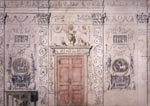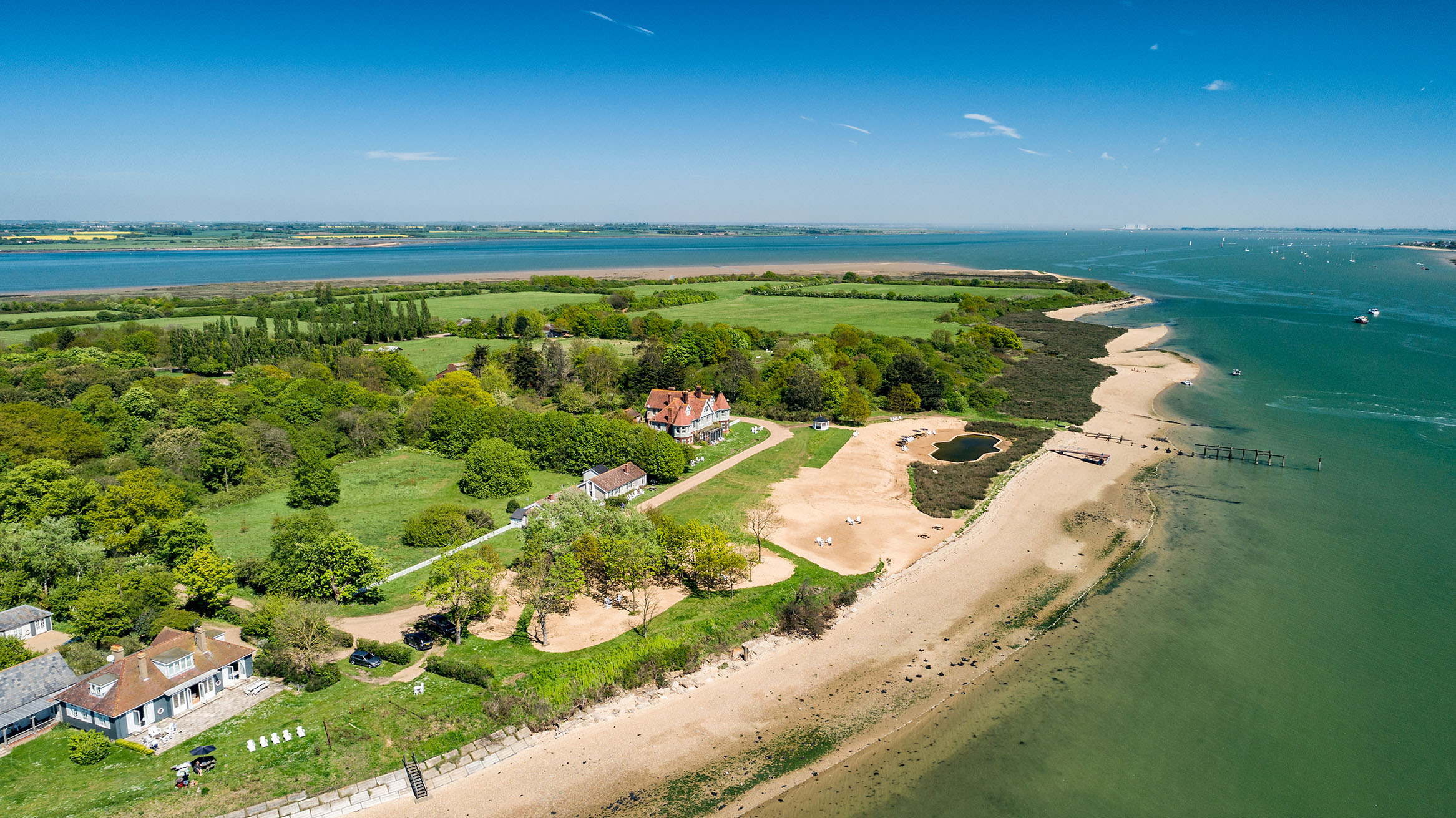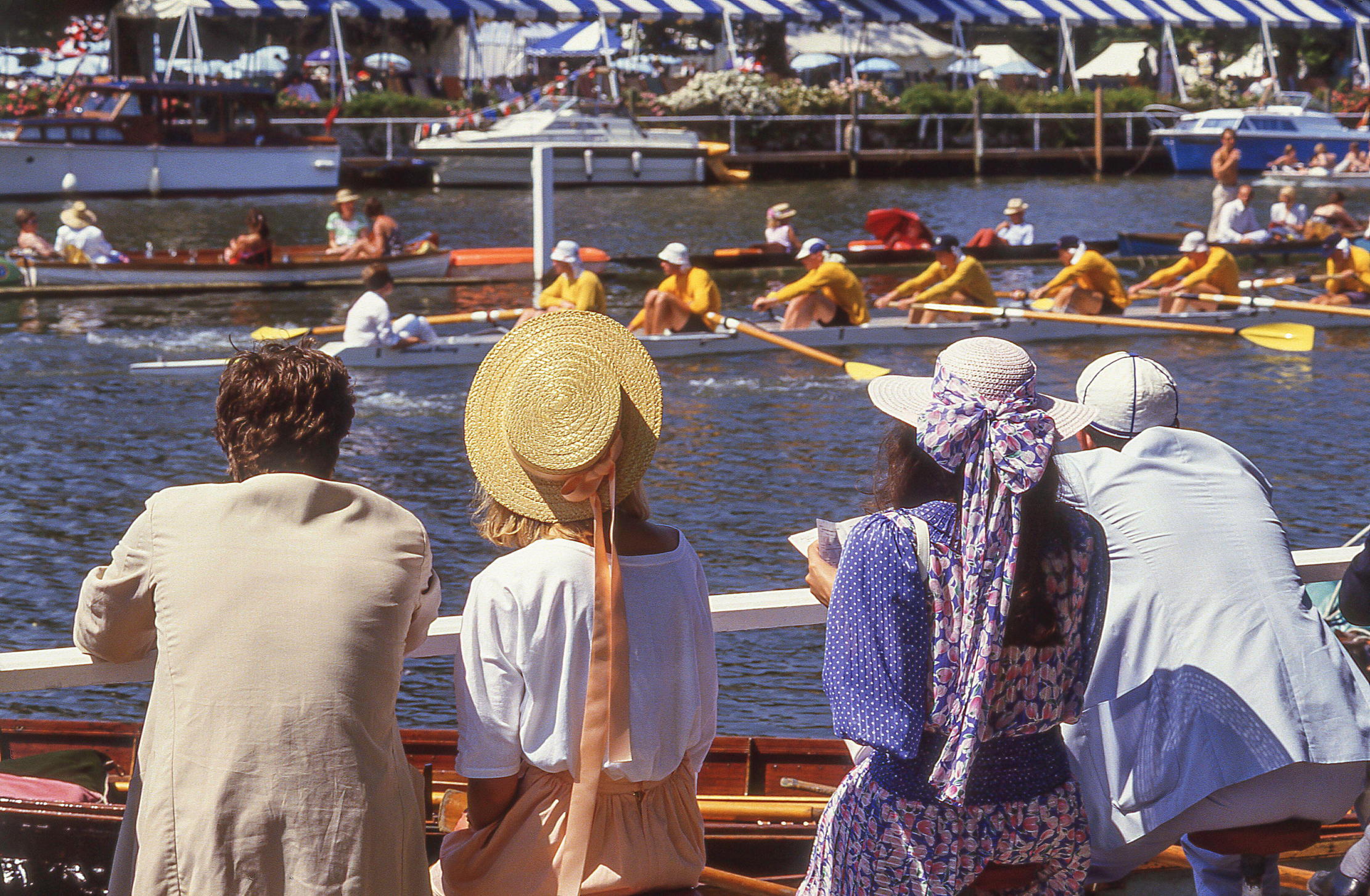James 'Athenian' Stuart's exhibition
Jeremy Musson enjoys a cerebral presentation on the life and work of 18th-century designer James 'Athenian' Stuart, the great champion of ancient Greek architecture


The great James 'Athenian' Stuart was a kind of cultural superstar of the late 18th century, who rode a wave of self-promotion and public acclaim as a connoisseur, particularly of ancient art and architecture. Born into extreme poverty as the son of 'a mariner of inferior station', who died and left his family penniless, Stuart rose to be one of the most influential commentators on Classical design, with a talent for friendship with leading artists and great peers alike. This helped him to climb the social ladder with surprising skill but perhaps with more anxiety than today's historians can know.
Stuart was a versatile designer. His handsome interiors at Spencer House for John Spencer (who became 1st Earl Spencer in 1765), and his famous garden temples at Shugborough (for Thomas Anson) remain to communicate his architectural skills at their best, although he was treated with barbed contempt by his arch rival, the highly successful Robert Adam 'Bob the Roman'. His far more important contribution was to create, with Nicholas Revett, a survey of the most significant surviving monuments of ancient Greece, published as The Antiquities of Athens (1762).
This was a direct source for architects such as James Wyatt, Henry Holland and Soane (who never actually visited Greece). It became, in the early years of the 19th century, one of the most influential architectural publications ever. An intelligent new exhibition recently opened at the V&A, curated by Dr Susan Weber Soros and first shown at the Bard Graduate Centre in New York, provides a stimulating voyage through his life and work. His gouaches of the ancient Greek monuments make a tremendous spectacle, and his designs for interiors and furnishings are shown beside photographs and items of furniture from Spencer House.
The lavish accompanying catalogue is a series of illuminating essays by authors such as Prof David Watkin, Dr Frank Salmon, Richard Hewlings and others, which clarify the broader context of Stuart's remarkable career, and his part in creating 'the myth of Athens'. Stuart was first apprenticed to a fan-painter, Lewis Goupy. In his late twenties, he decided that in order to acquire the necessary know-ledge to prosper as a painter, he should go to Rome. This he did on foot, setting out in 1742. By 1745, he was earning money there as a painter, antiquary (advising collectors) and cicerone (a guide for Grand Tourist visitors). His visit to Greece with Nicholas Revett in 1750 changed his life. They made their tour in surprisingly perilous conditions (Stuart escaped at least one attempt on his life). The more reticent Revett was responsible for the fine architectural draughtsmanship, and Stuart brought the picturesque views and local colour, but Stuart was the one who capitalised on their work in terms of his career.
A compulsive networker, he was elected to the Society of Dilettanti, an almost exclusively aristocratic brotherhood. His fellow members also promoted his careerfor instance, the Ansons, for whom he worked at Shugbrough, helped to secure him the profitable position of Surveyor of Works at Greenwich Naval Hospital in 1758. Adam was scathing about Stuart's designs for Kedleston: 'His ordinary rooms beggar all descriptions... [He] Draws all the Pictures & Colour on them in his Drawings But they are So ill done that they move pity rather than contempt.'
This coolly designed exhibition unquestionably fills out the accepted portrait of James Stuart. Catherine Arbuthnott's catalogue essay on his extraordinary life makes me pretty certain that I would have preferred his company at the dinner table to that of the more talented and business-like Robert Adam. 'James "Athenian" Stuart 1713?1788' runs in Room 94, at the V&A, South Kensington, London SW7 (020?7942 2000; www.vam.ac.uk) until June 24
Sign up for the Country Life Newsletter
Exquisite houses, the beauty of Nature, and how to get the most from your life, straight to your inbox.
Country Life is unlike any other magazine: the only glossy weekly on the newsstand and the only magazine that has been guest-edited by HRH The King not once, but twice. It is a celebration of modern rural life and all its diverse joys and pleasures — that was first published in Queen Victoria's Diamond Jubilee year. Our eclectic mixture of witty and informative content — from the most up-to-date property news and commentary and a coveted glimpse inside some of the UK's best houses and gardens, to gardening, the arts and interior design, written by experts in their field — still cannot be found in print or online, anywhere else.
-
 380 acres and 90 bedrooms on the £25m private island being sold by one of Britain's top music producers
380 acres and 90 bedrooms on the £25m private island being sold by one of Britain's top music producersStormzy, Rihanna and the Rolling Stones are just a part of the story at Osea Island, a dot on the map in the seas off Essex.
By Lotte Brundle
-
 'A delicious chance to step back in time and bask in the best of Britain': An insider's guide to The Season
'A delicious chance to step back in time and bask in the best of Britain': An insider's guide to The SeasonHere's how to navigate this summer's top events in style, from those who know best.
By Madeleine Silver